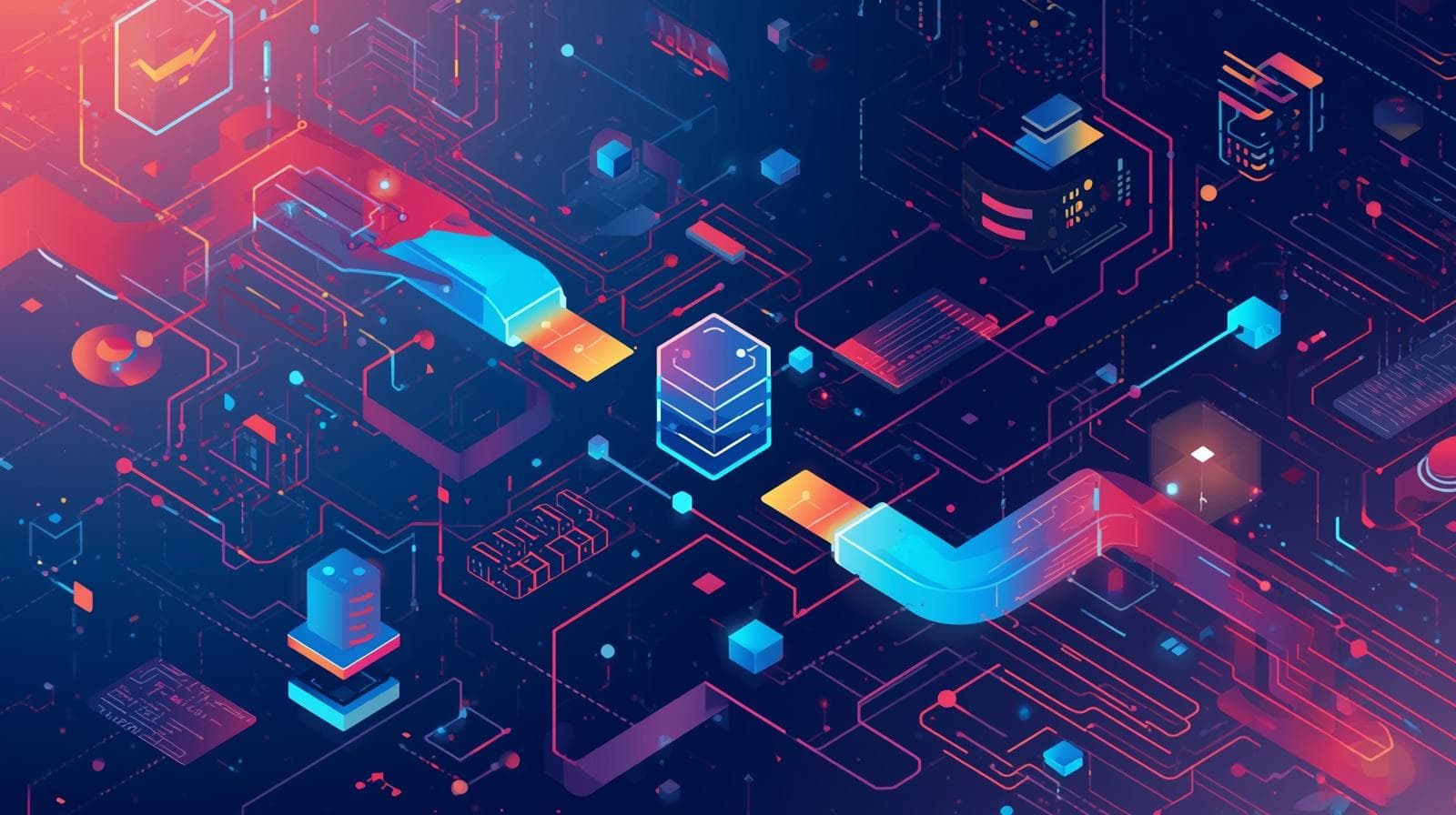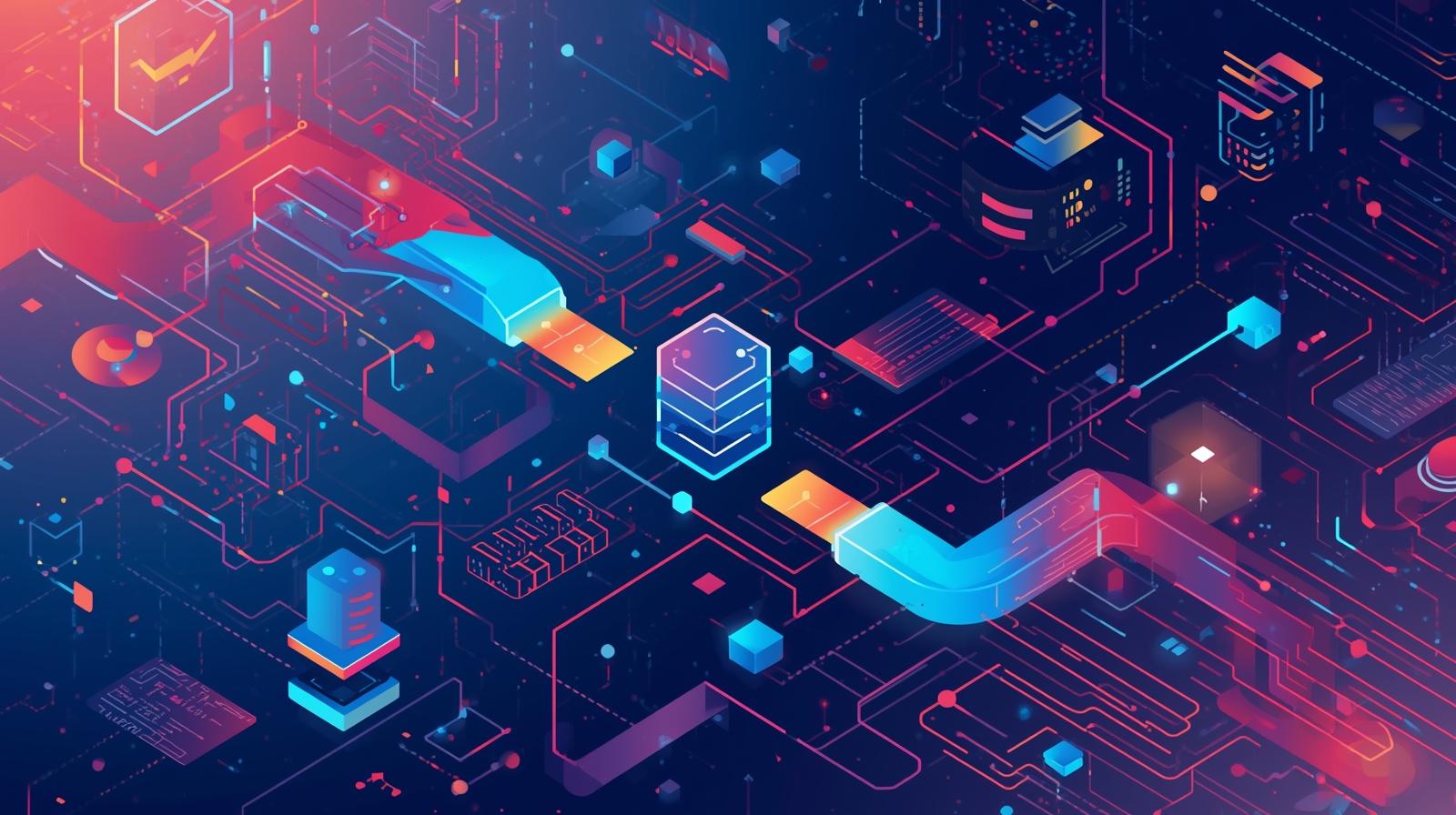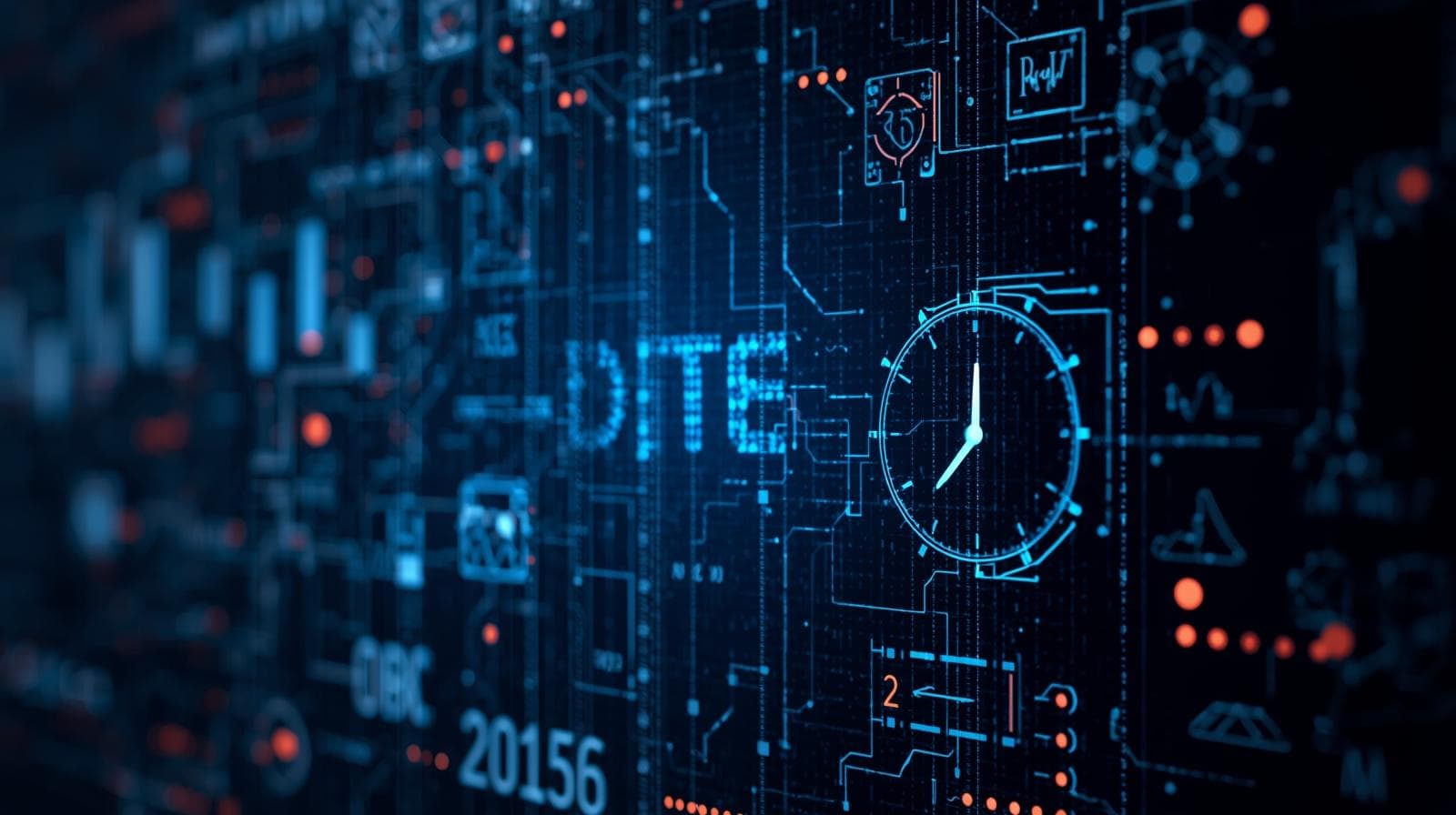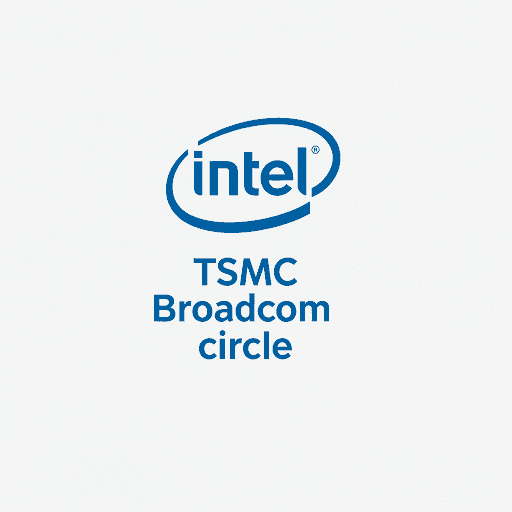DevOps + MLOps: Unifying IT Infrastructure for Smarter, Faster Software

Explore the powerful fusion of DevOps and MLOps. Learn how this unified IT infrastructure accelerates AI-driven software delivery with real-world use cases, best practices, and FAQs.

DevOps + MLOps: Unifying IT Infrastructure for Smarter, Faster Software
DevOps + MLOps: Building a Unified IT Infrastructure for the AI Age
Imagine a world-class chef (your Data Scientist) who creates a revolutionary new recipe (a Machine Learning model). It’s perfect in the controlled environment of their test kitchen—the flavors are exquisite, the presentation is flawless. But then, this recipe needs to be cooked, served, and enjoyed by thousands of people in a busy, high-volume restaurant every single day. The chef can't be there to cook each plate personally. The ingredients' quality might vary, the stoves might be inconsistent, and customer preferences might change.
What do you need? You need a robust, scalable, and automated kitchen system. You need standardized processes, quality checks, and a way to ensure every plate that goes out is as good as the original. You need a restaurant operations team.
In the world of software, this is the fundamental relationship between Data Science (the chef), MLOps (the kitchen system for the recipe), and DevOps (the entire restaurant operations team).
For years, companies have treated AI and Machine Learning projects as special, isolated experiments. But as AI becomes central to business applications—from recommendation engines and fraud detection to dynamic pricing and self-driving cars—this siloed approach breaks down. The "recipe" isn't enough; we need a reliable way to serve it at scale. This is where the unification of DevOps and MLOps into a single, cohesive IT infrastructure becomes not just an advantage, but a necessity.
Part 1: The Foundation - Understanding DevOps and MLOps Individually
Before we see how they unite, let's be clear on what each discipline stands for.
What is DevOps? (The Art of Shipping Software Fast and Reliably)
DevOps is a cultural philosophy, set of practices, and toolchain that aims to shorten the software development lifecycle and provide continuous delivery with high software quality. It’s about breaking down the traditional walls between software development (Dev) and IT operations (Ops).
The Core Goal: To deliver functional, stable, and secure software to users as quickly and efficiently as possible.
Key Principles of DevOps (The CAMS model):
Culture: Collaboration and shared responsibility between Dev and Ops teams.
Automation: Automating everything—building, testing, deployment, monitoring.
Measurement: Measuring everything—deployment frequency, change failure rate, mean time to recovery (MTTR).
Sharing: Sharing knowledge, processes, and tools across teams.
The DevOps Lifecycle (The Infinite Loop):
It’s often visualized as an infinite loop representing a continuous flow:
Plan -> Code -> Build -> Test -> Release -> Deploy -> Operate -> Monitor -> (Back to) Plan
This is enabled by practices like CI/CD (Continuous Integration/Continuous Deployment), where code changes are automatically built, tested, and prepared for release to production.
Example: A team working on a web application uses GitHub for code, Jenkins to automatically run tests on every code commit, Docker to containerize the application, and Kubernetes to deploy it seamlessly to a cloud server. If a bug is found, a fix is coded, tested automatically, and deployed with minimal downtime.
What is MLOps? (The Art of Shipping Models Fast and Reliably)
MLOps, or Machine Learning Operations, is the natural evolution of DevOps principles applied specifically to the machine learning lifecycle. It’s the bridge between Data Science and IT Operations.
The Core Goal: To reliably and efficiently deploy and maintain machine learning models in production.
Why is MLOps Needed? Because ML systems are fundamentally different from traditional software:
Versioning Chaos: You need to version not just code, but also data, model parameters, and environments.
Testing Complexity: Testing isn't just about code logic; it's about model accuracy, data drift, and concept drift.
Decoupled Lifecycles: The development of the model and the development of the application that uses it are often separate.
Continuous Retraining: Models can become stale and inaccurate over time, requiring constant monitoring and retraining.
The MLOps Lifecycle (An Extended, More Complex Loop):
The MLOps lifecycle incorporates all the steps of DevOps and adds critical ML-specific stages:
Business Problem -> Data Collection -> Data Preparation -> Model Training -> Model Evaluation -> Model Validation -> Model Deployment -> Monitoring -> (Back to) Data Collection/Model Retraining
The loop emphasizes that an ML system is never truly "finished."
Part 2: The Great Convergence - Why Unifying DevOps and MLOps is Imperative
Treating MLOps as a separate, parallel track to DevOps creates "AI silos." The data science team builds a model and "throws it over the wall" to the engineering team, leading to friction, delays, and deployment failures.
A unified infrastructure brings these worlds together. Think of it as building a single, super-efficient highway system for all your software assets, whether they are traditional application code or intelligent ML models.
The Unified DevOps/MLOps Pipeline: A Single Source of Truth
Here’s how a unified pipeline would look in practice:
Source Control (Git): Both application code and ML code (training scripts, inference code), along with configuration files (like Dockerfiles, Kubernetes manifests), are stored in a Git repository.
Continuous Integration (CI): When a change is pushed—be it application code or a new model training script—the CI pipeline triggers. It runs unit tests for the application code and data validation tests and schema checks for the ML components. It might even run a short training cycle to ensure the code is valid.
Continuous Delivery/Deployment (CD): The pipeline builds the application and model into deployable artifacts (e.g., Docker containers). Crucially, the model is packaged as a versioned artifact within the application container or as a separate microservice.
Model Registry: Before deployment, the trained and validated model is stored in a Model Registry (like MLflow Model Registry or SageMaker Model Registry). This acts as a source of truth for production-ready models, tracking their lineage, version, and performance metrics.
Deployment: The CD system (like ArgoCD or Spinnaker) deploys the new application+model container to a staging environment. It runs integration tests. If all checks pass, it automatically or manually promotes the release to production, often using safe deployment strategies like blue-green or canary deployments.
Monitoring & Observability: This is where the loop closes. The system doesn't just monitor standard application metrics (CPU, memory, latency, errors). It also monitors ML-specific metrics:
Data Drift: Has the statistical distribution of the incoming live data changed from the training data?
Concept Drift: Has the relationship between the input data and the target variable that the model learned initially changed?
Model Performance: Is the model's accuracy, precision, or recall degrading over time?
Automated Triggers & Feedback Loops: If monitoring detects significant drift or performance decay, it can automatically trigger a pipeline to retrain the model with new data, evaluate it, and if it passes validation, send it back to the Model Registry. The DevOps CD pipeline can then pick up this new model version and deploy it, completing the fully automated loop.
Part 3: Real-World Use Cases of a Unified Infrastructure
Let's make this concrete with some examples.
Use Case 1: E-commerce Recommendation Engine
The Model: A model that recommends products to users in real-time.
The Unified Pipeline:
A data scientist improves the recommendation algorithm and pushes the new training code to Git.
The CI pipeline runs, training a new model on the latest data. The model's performance is evaluated against a baseline. If it's better, it's versioned and stored in the Model Registry.
The CD system detects a new model version. It deploys the new model to a small percentage of users (a canary deployment).
The system monitors key business metrics: click-through rate (CTR) and conversion rate for the canary group vs. the control group.
If the new model shows a statistically significant improvement, it's rolled out to 100% of users automatically. If it performs worse, it's automatically rolled back.
The Benefit: The business can innovate rapidly on its AI features with zero downtime and measurable impact, tightly coupling data science work with business outcomes.
Use Case 2: Financial Fraud Detection System
The Model: A model that analyzes transactions for fraudulent patterns.
The Unified Pipeline:
The model runs in production, scoring transactions.
The monitoring system detects data drift: transaction amounts from a new region are falling outside the model's training data distribution.
This drift triggers an alert and an automated retraining job. The model is retrained on data that includes these new patterns.
The new model is validated to ensure it doesn't introduce bias or lower precision (which could lead to too many false positives, blocking legitimate transactions).
Once validated, it's deployed through the CD pipeline. The entire process is logged for auditors.
The Benefit: The system automatically adapts to evolving fraud tactics, maintaining high security and compliance without manual intervention.
To learn professional software development courses that cover the building blocks of such advanced systems, such as Python Programming, Full Stack Development, and MERN Stack, visit and enroll today at codercrafter.in. Our courses are designed to give you the foundational skills needed to excel in modern IT landscapes.
Part 4: Best Practices for Building Your Unified DevOps/MLOps Infrastructure
Adopting this unified approach is a journey. Here are some best practices to guide you.
Start with Culture, Not Tools: The biggest barrier is organizational silos. Foster collaboration between software engineers, data scientists, and operations teams. Encourage cross-functional knowledge sharing.
Implement Git-Based Workflows for Everything: Enforce that all code—application, infrastructure (IaC), and ML—is versioned in Git. This is the single source of truth and the trigger for all automation.
Containerize Everything: Use Docker to package your application and its dependencies, including the model inference runtime. This creates consistent, reproducible environments from a developer's laptop to production.
Orchestrate with Kubernetes: Kubernetes is the de facto standard for managing containerized workloads at scale. It provides the perfect platform for deploying, scaling, and managing both traditional microservices and model-serving endpoints (using tools like KServe or Seldon Core).
Choose Integrated Toolchains: While you can assemble best-of-breed tools, consider platforms that offer integrated DevOps/MLOps experiences to reduce complexity. Examples include Azure Machine Learning, Google Vertex AI, or AWS SageMaker paired with their respective CI/CD services (Azure DevOps, Cloud Build, CodePipeline).
Prioritize Monitoring and Observability: Invest in a robust monitoring stack like Prometheus and Grafana. Extend it with ML-specific monitoring tools like Evidently AI or WhyLabs to track data and model health.
Embrace Progressive Delivery: Don't deploy new models to everyone at once. Use canary or blue-green deployments to minimize risk and validate performance with real-user data before a full rollout.
Part 5: Frequently Asked Questions (FAQs)
Q1: Can I practice MLOps without a strong DevOps foundation?
It's possible, but it's like building a house on sand. A strong DevOps culture and automation pipeline provide the essential scaffolding for MLOps. Trying to do MLOps without it often leads to manual, error-prone processes that don't scale.
Q2: What are the key roles in a unified team?
Software Engineer: Builds the core application and infrastructure.
Data Engineer: Manages data pipelines, ensuring clean, reliable data flows to the models.
Data Scientist: Focuses on experimentation, model development, and algorithm research.
ML Engineer: A hybrid role that takes the Data Scientist's work and makes it production-ready, focusing on the MLOps pipeline. In a unified team, all roles share responsibility for the production system's health.
Q3: How does this affect cost?
Unifying infrastructure can initially seem costly due to tooling and training. However, it drastically reduces the long-term costs associated with manual deployment, model failure, and system downtime. It increases ROI on AI projects by getting them to production faster and keeping them accurate.
Q4: Is this only for large enterprises?
Absolutely not. Startups and small teams benefit the most! Starting with a unified approach from day one prevents technical debt and silo formation. Cloud-based tools make these practices accessible without massive upfront investment.
Q5: What are the biggest challenges?
The primary challenges are cultural resistance and skill gaps. Teams used to working in isolation may struggle with collaboration. Investing in training is crucial. This is where a solid educational foundation pays off. For instance, a strong grasp of Python Programming is essential for both DevOps automation and ML development, while knowledge of Full Stack Development and the MERN Stack helps in building the applications that consume these models. To bridge this skill gap, consider exploring the comprehensive courses offered at codercrafter.in.
Conclusion: The Future is Unified
The distinction between "software" and "intelligent software" is blurring. AI is no longer a niche add-on; it's becoming a core component of modern applications. Therefore, the infrastructure that supports the creation and delivery of this software must also evolve.
The unification of DevOps and MLOps represents the maturation of AI in the enterprise. It moves machine learning from a speculative, project-based activity to a core engineering competency that delivers continuous value. By building a single, automated, and collaborative infrastructure, organizations can achieve the speed, reliability, and scalability needed to thrive in the AI-driven future.
This journey requires a new breed of professionals—those who understand software engineering, data principles, and operational excellence. The walls are coming down. The future belongs to those who can build and operate within this unified landscape.
Ready to build the future? Equip yourself with the skills to excel in this unified world. Explore our project-based courses in Python Programming, Full Stack Development, and the MERN Stack at codercrafter.in and start your journey today.









